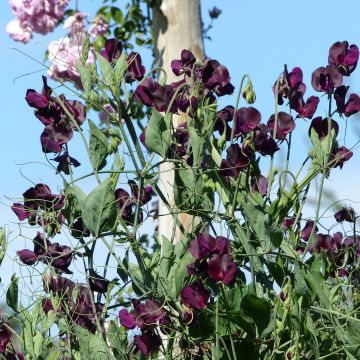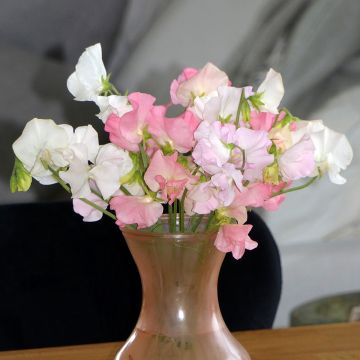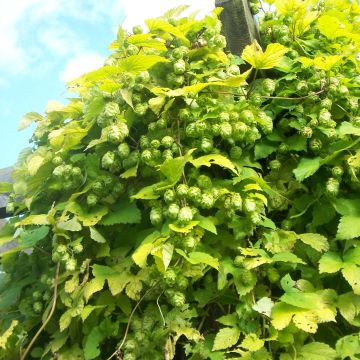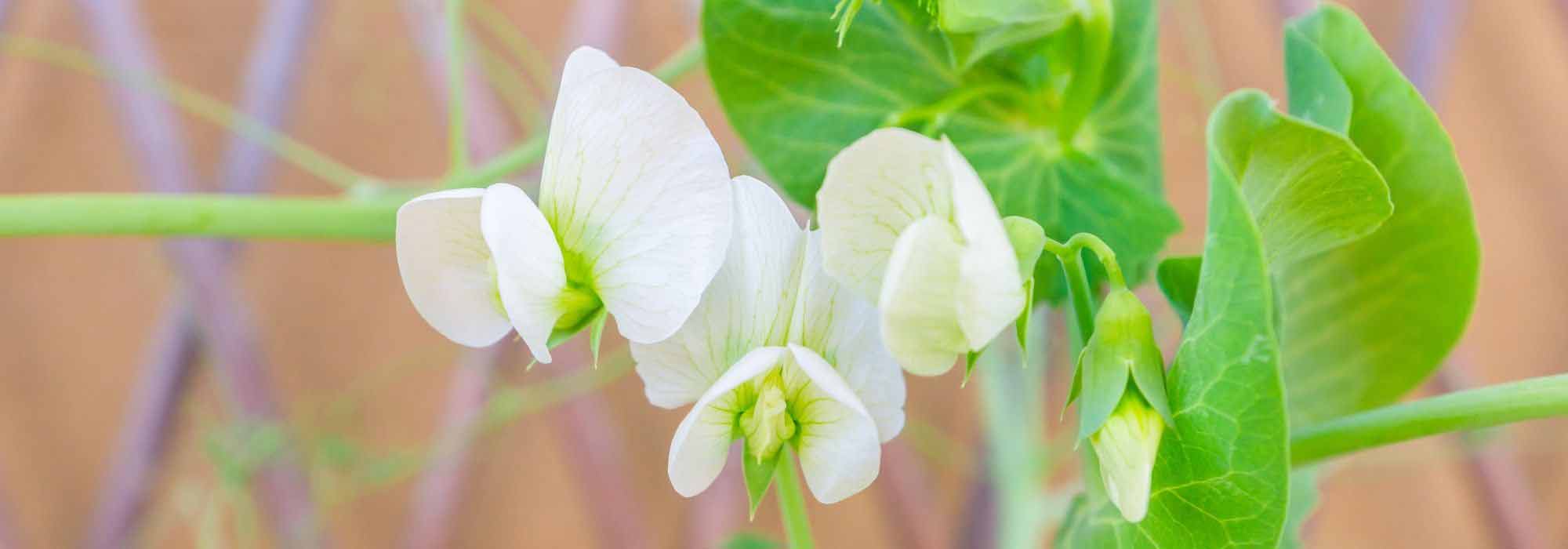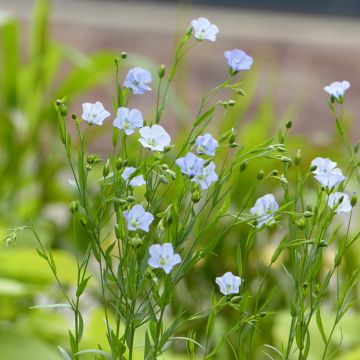

Lathyrus odoratus Winter Sunshine Opal Seeds - Sweet pea
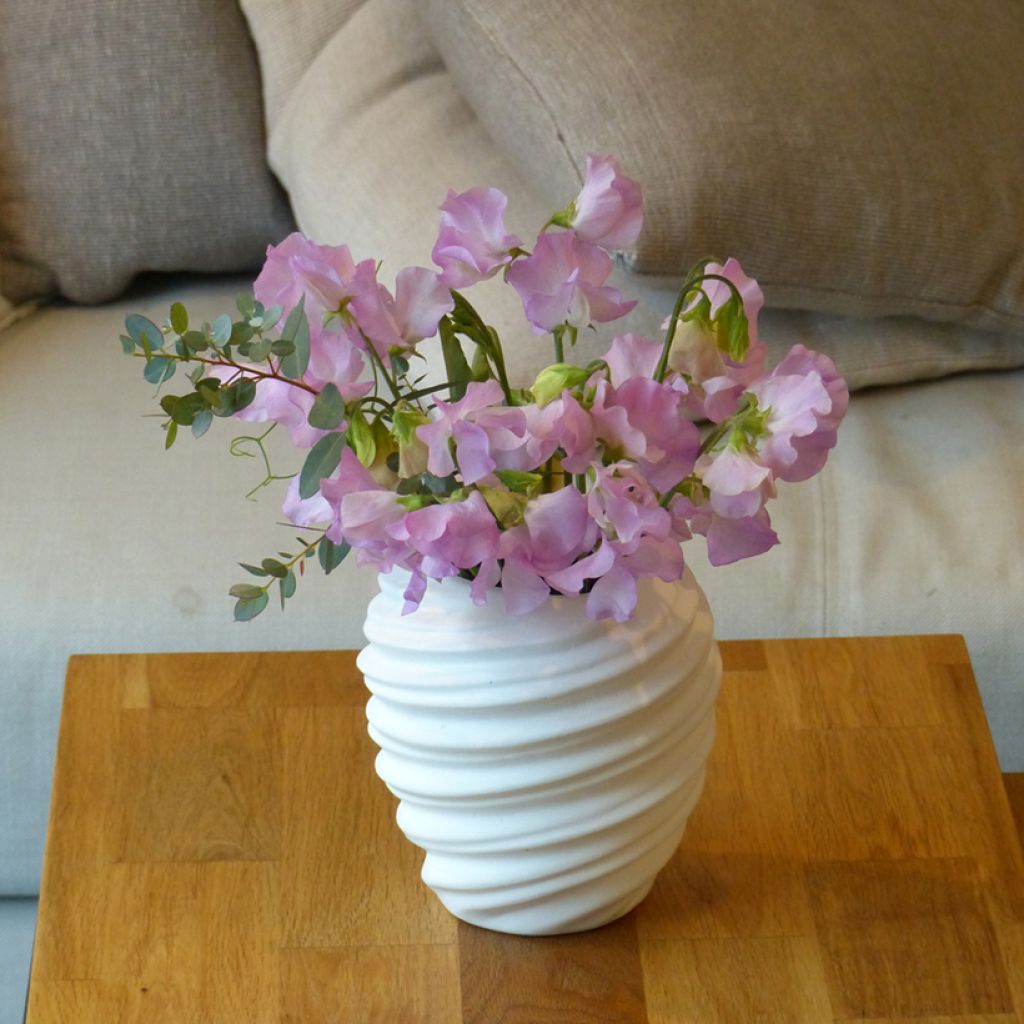

Lathyrus odoratus Winter Sunshine Opal Seeds - Sweet pea
Lathyrus odoratus Winter Sunshine Opal Seeds - Sweet pea
Lathyrus odoratus Winter Sunshine Opal
Sweet pea, Sweetpea.
Special offer!
Receive a €20 voucher for any order over €90 (excluding delivery costs, credit notes, and plastic-free options)!
1- Add your favorite plants to your cart.
2- Once you have reached €90, confirm your order (you can even choose the delivery date!).
3- As soon as your order is shipped, you will receive an email containing your voucher code, valid for 3 months (90 days).
Your voucher is unique and can only be used once, for any order with a minimum value of €20, excluding delivery costs.
Can be combined with other current offers, non-divisible and non-refundable.
Home or relay delivery (depending on size and destination)
Schedule delivery date,
and select date in basket
This plant carries a 6 months recovery warranty
More information
We guarantee the quality of our plants for a full growing cycle, and will replace at our expense any plant that fails to recover under normal climatic and planting conditions.
Would this plant suit my garden?
Set up your Plantfit profile →
Description
Winter Sunshine 'Opal' Sweet Pea, with its Latin name Lathyrus odoratus, belongs to a series of very early cultivars, flowering as early as March in our latitudes (tested in England and the Netherlands), when the daylight hours are still relatively short. The buds are resistant to the cold that is still present at this time. The flowers of 'Opal' are a uniform pale pink iridescent colour. They are fragrant, large, and dense on long stems. They are also heat-resistant (also tested in California). With rapid growth, the stems of this vigorous and floriferous climbing annual develop tendrils that cling to the support you provide.
Lathyrus odoratus is an annual herbaceous plant in the Fabaceae family, native to southeastern Italy and Sicily. The Winter Sunshine Opal variety stands out for its high-performance early flowering on the market. It can reach 2m in height and 40cm in width in just a few months. Its leaves are paired on quadrangular stems, with stipules at the base and extending into tendrils. They are light green in colour. Flowering occurs in March and April. The papilionaceous flowers are large, clustered in axillary clusters, with a soft, iridescent pink colour and slightly undulated petals. They consist of 5 petals, with the uppermost, also the largest, taking the form of a banner, while the others have an intermediate shape between a lip and a tube. They emit a delicate fragrance, with a sweet floral aroma with hints of honey and musk, very feminine. The fruit is a flat pod that twists and expels its seeds at a distance. It is essential to remove faded flowers, as seed production immediately stops flowering. Sweet peas root deeply in the soil to draw water and nutrients.
Fragrant Vetches or Sweet Peas thrive in warm, sunny locations with well-drained, even rocky soils. Their charming and old-fashioned flowering adds a lot of charm to bouquets, hanging baskets, and any support they valiantly cover in one season. They are equally charming and wandering in flower beds, using neighbouring plants or shrubs as support. Pair them with coreopsis, echinaceas, gauras, and annuals such as poppies or cosmos. They can also create beautiful carpets by mixing the colours of several varieties. They are inseparable from cottage gardens and also thrive in the fertile, well-watered soil of vegetable gardens or cutting gardens, where they provide a good supply of cut flowers.
Flowering
Foliage
Plant habit
Botanical data
Lathyrus
odoratus
Winter Sunshine Opal
Fabaceae
Sweet pea, Sweetpea.
Cultivar or hybrid
Other Sweet Pea seeds
View all →Planting and care
This Sweet Pea from the Winter Sunshine range, due to its early flowering, requires its own sowing advice.
Sow Sweet Peas in pots and undercover (in a cold frame in mild regions or indoors at 10°C elsewhere) in September or October, in groups of 2 or 3 seeds, at a depth of 2.5cm. When the seedlings have reached the stage of the second pair of leaves, pinch out the tip of the growth in the usual way to encourage strong lateral shoots. Do not cut, as this may kill the plant or result in a long wait before other shoots are produced. Keep the compost moist.
Autumn sowing produces the most robust plants. Alternatively, you can sow the seeds undercover 10 to 12 weeks before the last frost and plant them outdoors just before the last frost.
When transplanting, leave a minimum distance of 30cm between plants. A sunny location, regular feeding with flowering plant fertiliser, and deadheading will promote abundant flowering. Provide a trellis or sturdy support for the plants to climb. Regular watering at the beginning will speed up its growth.
In the Netherlands, direct sowing in May for autumn flowering has also been successfully attempted.
Sowing period
Intended location
Planting & care advice
This item has not been reviewed yet - be the first to leave a review about it.
Similar products
Haven't found what you were looking for?
Hardiness is the lowest winter temperature a plant can endure without suffering serious damage or even dying. However, hardiness is affected by location (a sheltered area, such as a patio), protection (winter cover) and soil type (hardiness is improved by well-drained soil).

Photo Sharing Terms & Conditions
In order to encourage gardeners to interact and share their experiences, Promesse de fleurs offers various media enabling content to be uploaded onto its Site - in particular via the ‘Photo sharing’ module.
The User agrees to refrain from:
- Posting any content that is illegal, prejudicial, insulting, racist, inciteful to hatred, revisionist, contrary to public decency, that infringes on privacy or on the privacy rights of third parties, in particular the publicity rights of persons and goods, intellectual property rights, or the right to privacy.
- Submitting content on behalf of a third party;
- Impersonate the identity of a third party and/or publish any personal information about a third party;
In general, the User undertakes to refrain from any unethical behaviour.
All Content (in particular text, comments, files, images, photos, videos, creative works, etc.), which may be subject to property or intellectual property rights, image or other private rights, shall remain the property of the User, subject to the limited rights granted by the terms of the licence granted by Promesse de fleurs as stated below. Users are at liberty to publish or not to publish such Content on the Site, notably via the ‘Photo Sharing’ facility, and accept that this Content shall be made public and freely accessible, notably on the Internet.
Users further acknowledge, undertake to have ,and guarantee that they hold all necessary rights and permissions to publish such material on the Site, in particular with regard to the legislation in force pertaining to any privacy, property, intellectual property, image, or contractual rights, or rights of any other nature. By publishing such Content on the Site, Users acknowledge accepting full liability as publishers of the Content within the meaning of the law, and grant Promesse de fleurs, free of charge, an inclusive, worldwide licence for the said Content for the entire duration of its publication, including all reproduction, representation, up/downloading, displaying, performing, transmission, and storage rights.
Users also grant permission for their name to be linked to the Content and accept that this link may not always be made available.
By engaging in posting material, Users consent to their Content becoming automatically accessible on the Internet, in particular on other sites and/or blogs and/or web pages of the Promesse de fleurs site, including in particular social pages and the Promesse de fleurs catalogue.
Users may secure the removal of entrusted content free of charge by issuing a simple request via our contact form.
The flowering period indicated on our website applies to countries and regions located in USDA zone 8 (France, the United Kingdom, Ireland, the Netherlands, etc.)
It will vary according to where you live:
- In zones 9 to 10 (Italy, Spain, Greece, etc.), flowering will occur about 2 to 4 weeks earlier.
- In zones 6 to 7 (Germany, Poland, Slovenia, and lower mountainous regions), flowering will be delayed by 2 to 3 weeks.
- In zone 5 (Central Europe, Scandinavia), blooming will be delayed by 3 to 5 weeks.
In temperate climates, pruning of spring-flowering shrubs (forsythia, spireas, etc.) should be done just after flowering.
Pruning of summer-flowering shrubs (Indian Lilac, Perovskia, etc.) can be done in winter or spring.
In cold regions as well as with frost-sensitive plants, avoid pruning too early when severe frosts may still occur.
The planting period indicated on our website applies to countries and regions located in USDA zone 8 (France, United Kingdom, Ireland, Netherlands).
It will vary according to where you live:
- In Mediterranean zones (Marseille, Madrid, Milan, etc.), autumn and winter are the best planting periods.
- In continental zones (Strasbourg, Munich, Vienna, etc.), delay planting by 2 to 3 weeks in spring and bring it forward by 2 to 4 weeks in autumn.
- In mountainous regions (the Alps, Pyrenees, Carpathians, etc.), it is best to plant in late spring (May-June) or late summer (August-September).
The harvesting period indicated on our website applies to countries and regions in USDA zone 8 (France, England, Ireland, the Netherlands).
In colder areas (Scandinavia, Poland, Austria...) fruit and vegetable harvests are likely to be delayed by 3-4 weeks.
In warmer areas (Italy, Spain, Greece, etc.), harvesting will probably take place earlier, depending on weather conditions.
The sowing periods indicated on our website apply to countries and regions within USDA Zone 8 (France, UK, Ireland, Netherlands).
In colder areas (Scandinavia, Poland, Austria...), delay any outdoor sowing by 3-4 weeks, or sow under glass.
In warmer climes (Italy, Spain, Greece, etc.), bring outdoor sowing forward by a few weeks.
































